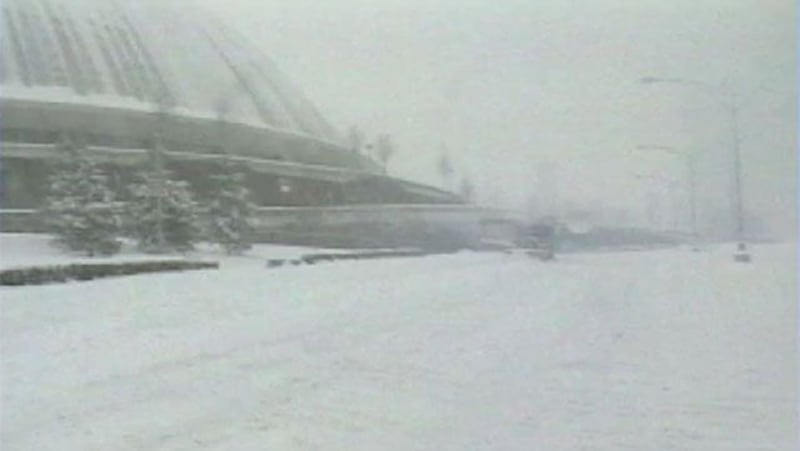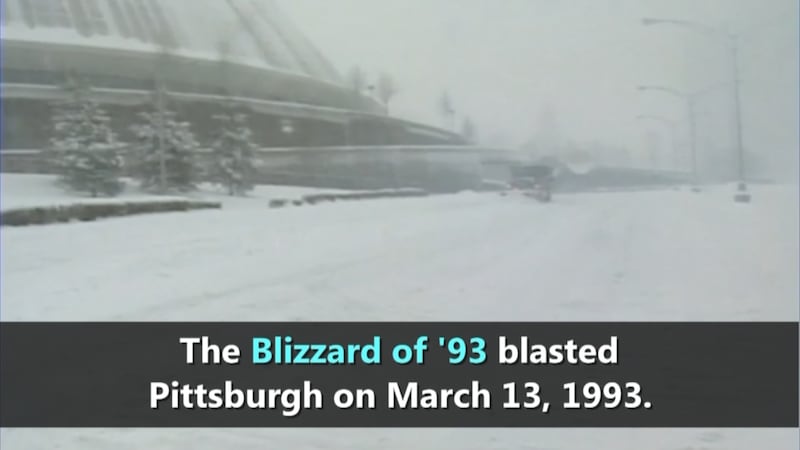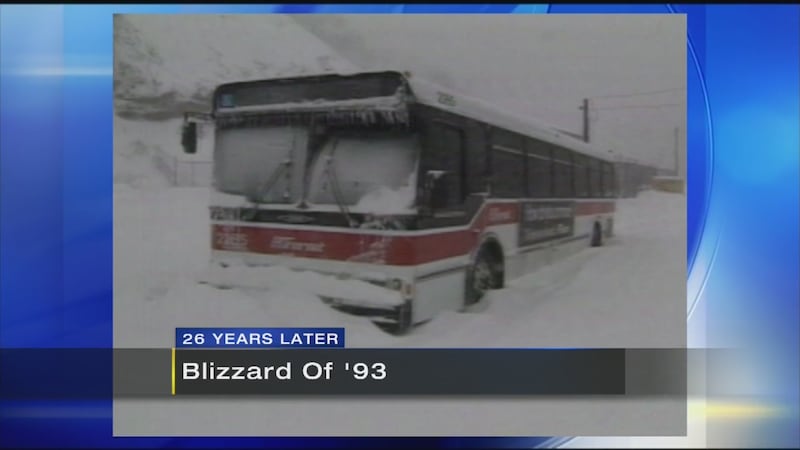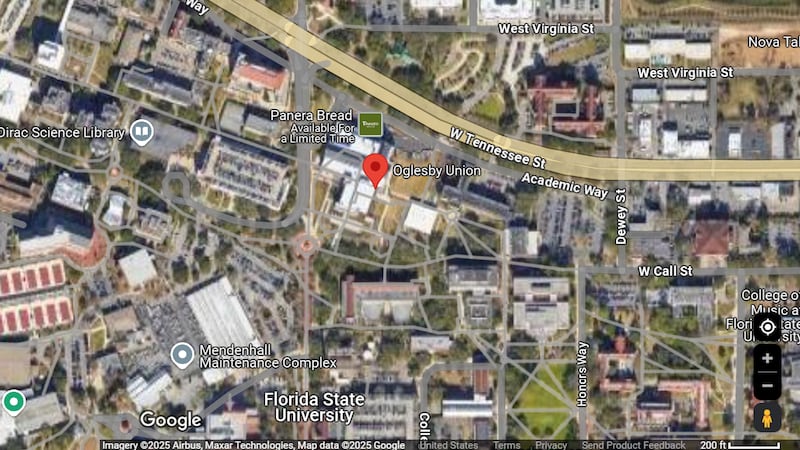PITTSBURGH — The work week began with the usual winter chill in the air, and Pittsburghers were largely unaware that Monday in March of 1993 that most of their weekend plans were already doomed.
A white monster was brewing and meteorologists, pushing the technology of the time, were poring over forecasting data and storm models. The evidence became overwhelming and for the first time, they soberly realized they were able to accurately predict a major winter storm five days before it consumed the city.
The week ground on slowly, as the city’s denizens braced for weather they couldn’t see and officials urged everyone to stock up on supplies and be prepared.
When the snow actually began to fall the evening of Friday, March 12, many were still skeptical of the “gloom and doom” forecasts they’d been hearing all week.
Before “The Tonight Show” was half over, 7 inches were already on the ground.
By daybreak Saturday morning, everyone was a believer. From 3 a.m. to 6 a.m. alone, another 5.3 inches fell.
The St. Patrick’s Day parade went on as scheduled downtown that morning as the storm really kicked in. Snowfall rates accelerated up to 3 inches per hour at times. The intensity of the onslaught was unrelenting, as Pittsburghers watched 23.6 inches of snow pile up before their eyes, in what remains the greatest one-day snowfall on record.
The storm also produced high wind, blowing and drifting snow with wind chill temperatures dangerously below zero.
TRENDING NOW:
People were urged to stay indoors. The turnpike, interstate highways and most roads were shut down, impassable. Everything came to a screeching halt.
It was worse in higher elevations. Somerset County saw 30 inches of snow. Among the highest totals were in upstate New York, where Syracuse’s dreams of an early spring were crushed under 42.9 inches of frozen sky.
The total snow for the storm in Pittsburgh: 25.3 inches. That makes it Pittsburgh’s third largest snowstorm, with the Thanksgiving weekend snowstorm of 1950 topping the list with 27.4 inches.
Luckily in 1993, the snow didn't last much longer than it took to shovel it out the way. Mild weather and more sunlight in March melted what remained rapidly and even the biggest piles weren’t stubborn enough, soon succumbing to the light rains of spring.
There have been just four occasions on record that have produced more than 20 inches of snow during a single storm. In recent history, there have been just two storms producing more than 20 inches of snow: March 1993 and February 2010’s “Snowmaggedon.”
The 2010 storm was unlike the Blizzard of 1993, because the snow was heavy and wet, which caused more damage to trees and power lines. Thousands of people in southwestern Pennsylvania ended up without power. For many, it would be a week or more after the storm before power would be restored.
In 2010, we had a snowstorm. In 1993, we had a blizzard.
The difference between a blizzard and a snowstorm is the strength of the wind. A blizzard must have winds in excess of 35 mph with blowing or drifting snow, which reduces visibility to a quarter-mile or less, and the wind must last for a prolonged period of time, typically three hours or more.
© 2020 Cox Media Group

















